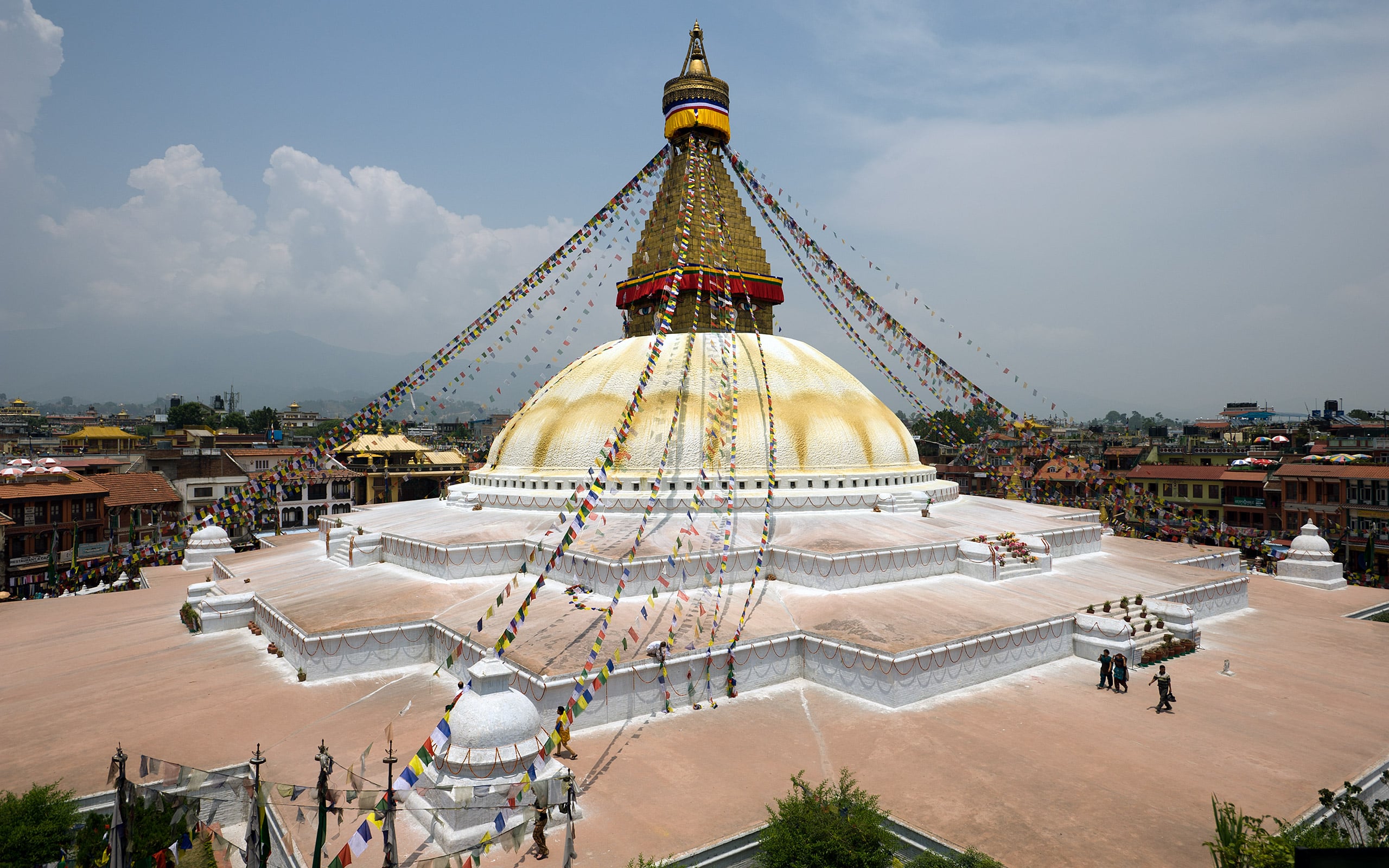Security and Buddhist groups from Kathmandu and elsewhere are imposing “no TikTok” zones around sacred sites that are some of the holiest locations in Buddhism.
Over the last two years, signs have been erected in several tourist and religious sites to ward off TikTok creators from shooting on the premises, with a close watch being kept by officials who warn or tell people to leave if they break the rules.
The Buddhist pilgrimage site Lumbini, Kathmandu’s Boudhanath Stupa, Ram Janaki Temple in Janakpur, and Gadhimai temple in Bara have had these measures implemented.
“Making TikTok by playing loud music creates a nuisance for pilgrims from all over the world who come to the birthplace of Gautama Buddha,” said Sanuraj Shakya, a spokesperson for the Lumbini Development Trust.
“We have banned TikTok-making in and around the sacred garden, where the main temples are located.”

The 2022 survey showed during that time, the number of respondents with internet access who said they use the app went from 3% to over 55%.
“TikTok is just a medium for entertainment, it doesn’t need to be taken this seriously,” said Manisha Adhikary, a local in Kathmandu who has a large following on the app.
“As TikTok content creators, we need to understand that we don’t necessarily have to shoot our videos in famous religious places, if doing so is restricted.
“It’s creativity that matters, not the place where you shoot your videos.”
The rise in popularity has been partially attributed to COVID-19 lockdowns when, like many other others around the world, people in Nepal were spending hours indoors with little to do.
Once lockdowns ended, people were able to start producing TikTok videos in the country’s scenic locations.






